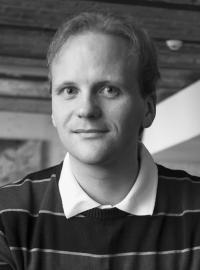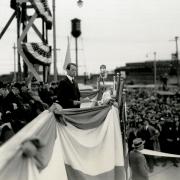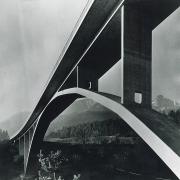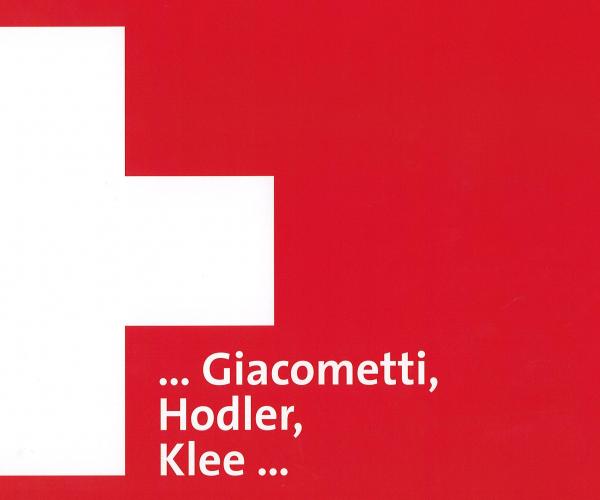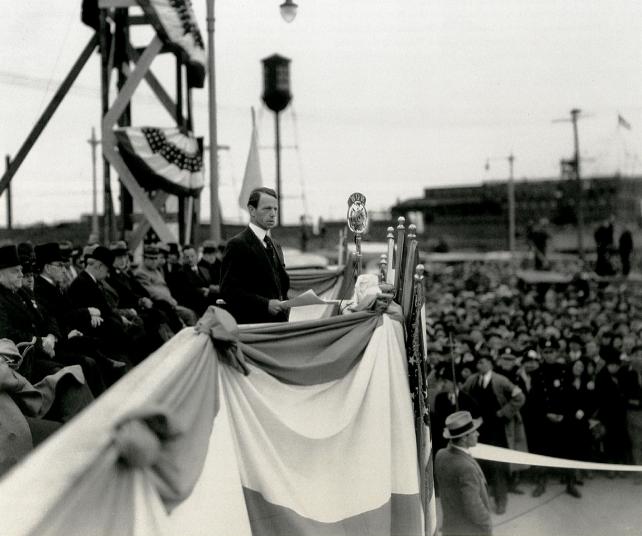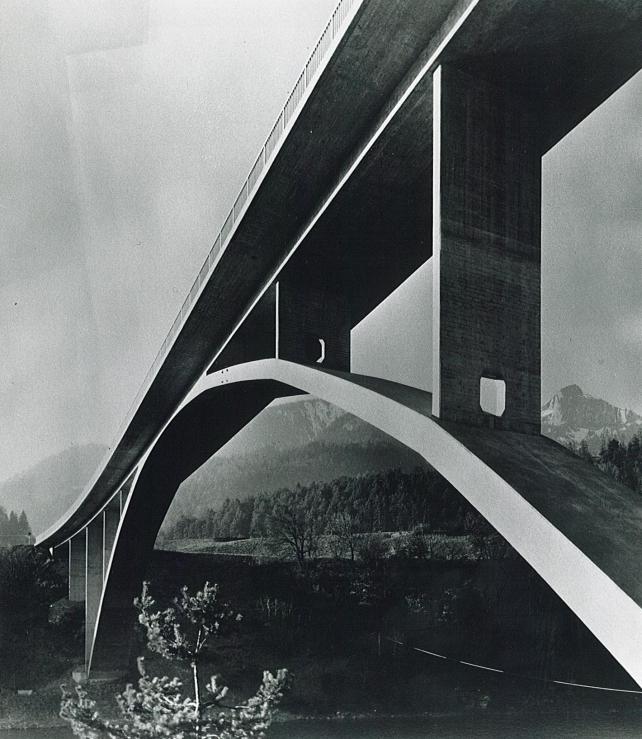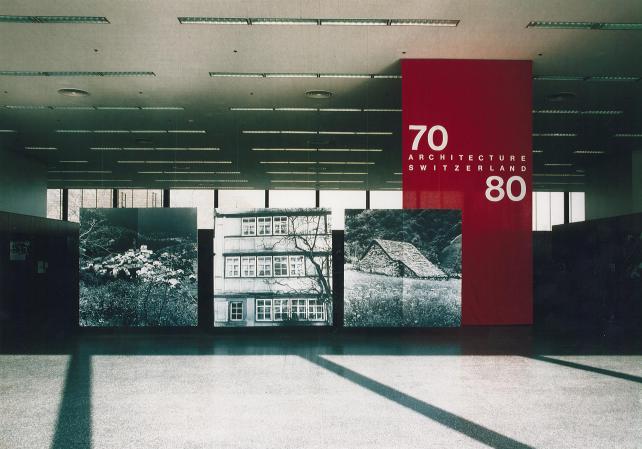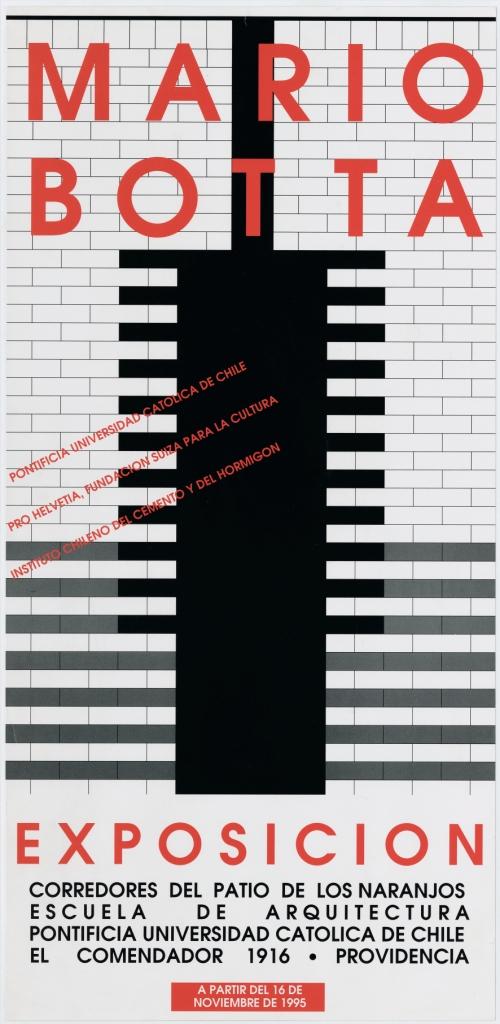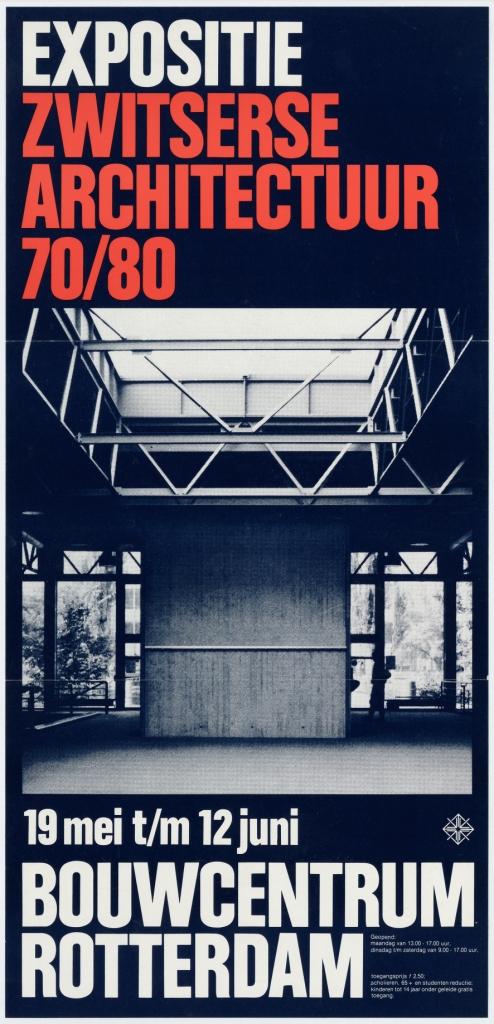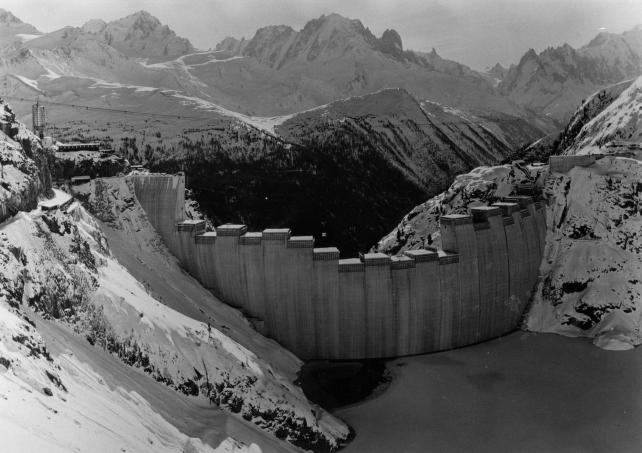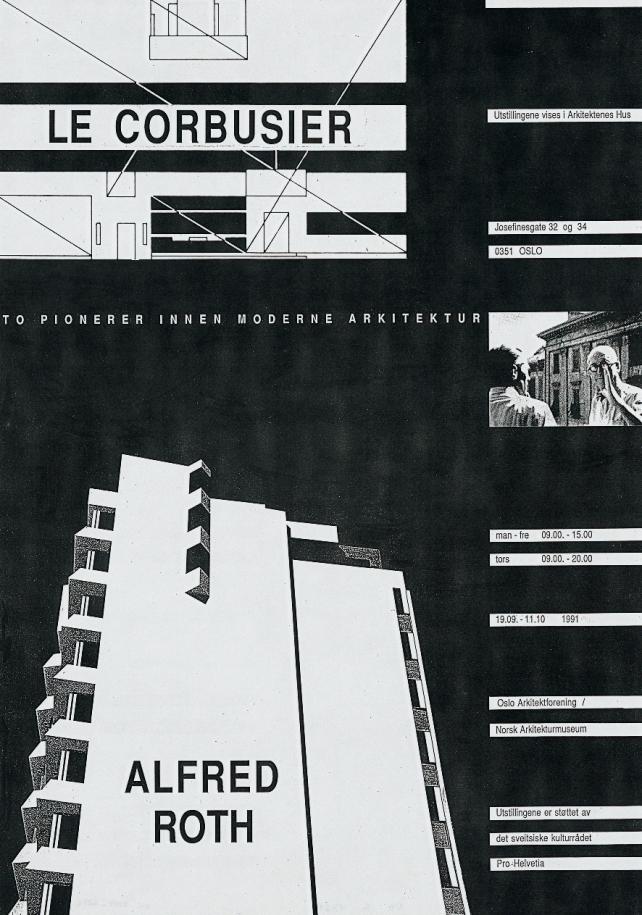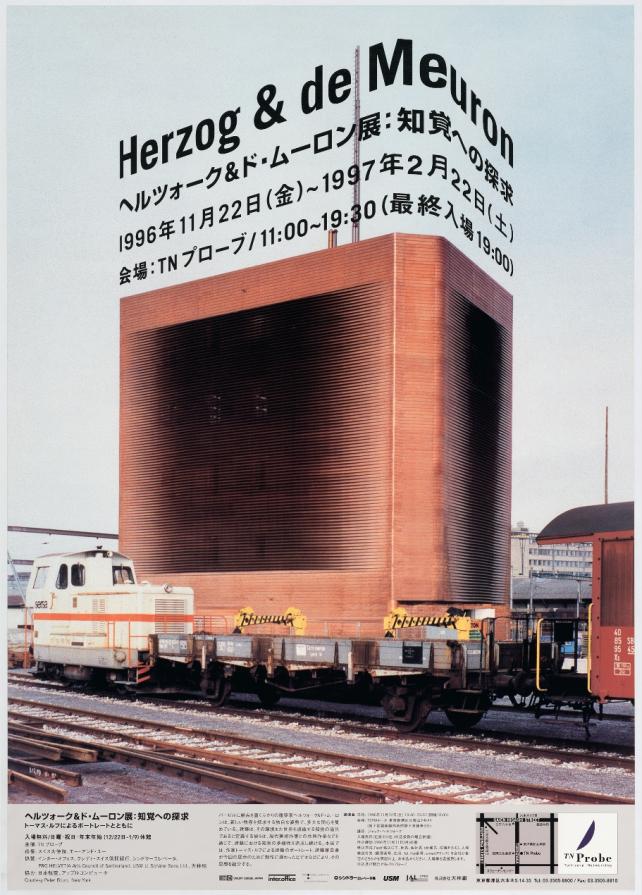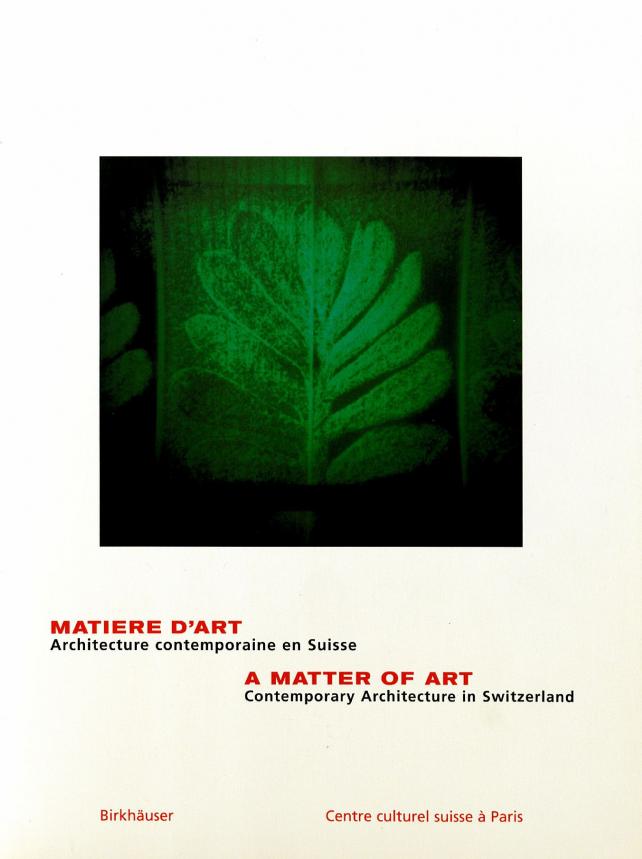Engineers and architects
Since 1930, an arched bridge of more than 130 meters in length has spanned the Salginatobel at Küblis in the Canton of Graubünden. With its sophisticated structure of reinforced concrete, it represents an innovative approach to bridge construction. It is one of the most famous works of Genevan engineer Robert Maillart, born in 1872. His decisive contribution to the development of reinforced concrete architecture is widely acknowledged. In 1991, the American Society of Civil Engineers accepted the bridge into the ranks of the most important constructions worldwide by awarding it the title of “International Historic Civil Engineering Landmark.”
During the second half of the 20th century, more engineers, educated at the Federal Institute of Technology, among them Pierre Lardy and Christian Menn pursued the path chosen by Maillart. The most famous works of Christian Menn include the bridge over the Rhine at Reichenau, built at the beginning of the 1960s and the Felsenau Bridge, part of highway A1, north of Bern. In the Prättigau, again in the Canton of Graubünden, the Sunnibergbridge, an impressive and aesthetically pleasing cable-stayed construction, was built according to his designs in the years between 1996 and 2005.
Throughout the 20th century, the innovative constructions of Swiss engineers not only caught the attention of the professional audience but also played an important role for the Swiss image abroad. Pro Helvetia’s international activities transformed Swiss bridges, dams, roads, and hydroelectric plants into objects of great cultural value.
Civil engineering first appeared on the Foundation’s agenda in the early 1970s, when its Group I, responsible for cultural policy abroad, decided to create a travelling exhibition illustrating the most emblematic works of Swiss engineers. The exhibition, reproduced in over twenty instalments, primarily aimed at developing countries, was shown in South America, Africa, and Asia.
In 1979, Pro Helvetia once again used civil engineering to promote Switzerland abroad. On the centenary of Othmar H. Amman’s birthday, the Foundation collaborated in an exhibition shown in the United States, dedicated to the life and major works of the engineer who originally came from the Canton of Schaffhausen.
In addition to the engineers, also the architects occupied an important position in the promotion of Switzerland’s image abroad. In 1947, the Federal Council took it upon itself to define the distinctive features of Swiss architecture in its address to the first major exhibition of architecture at the Royal Institute of British Architects in London. Once more practicality and meticulous workmanship were aligned with the mentality of the nation.
In 1953, an architecture exhibition, organised by Pro Helvetia, started touring the United States. It highlighted modern Switzerland at the cutting edge of innovation in style and form. Presented in Gainesville, Austin, Acron, New York, Andover, Urbana, Cleveland, Minneapolis, Stanford, and Eugene, it continued to Canada and finished in South Africa in 1958, after showing in Ireland, Germany, and Poland. To increase the promotion of Swiss architecture, in 1968 Pro Helvetia sent exhibitions to the Soviet Union and other Eastern European countries. Because of the Soviet repression of the Prague Spring, this experience was not repeated.
In the early 1980s, Pro Helvetia arranged a major new exhibition dedicated to the most recent developments in Swiss architecture. Prestigious institutions such as the Massachusetts Institute of Technology in Boston and the "Hochschule der Künste" in Berlin welcomed it. Simultaneously Pro Helvetia supported for the first time projects of individual architects such as e.g. Mario Botta, whose work was exhibited in Europe and beyond from 1979 onwards. (tk)
Bibliography
Allenspach, Christoph : Architektur in der Schweiz: Bauen im 19. und 20. Jahrhundert, Zurich, Pro Helvetia 1998 Billington, David P. : The art of structural design. A Swiss legacy, Princeton, Princeton University Art Museum 2003 Roth Alfred, Zur neuen Schweizer Architektur der dreissiger Jahre, in : Dreissiger Jahre Schweiz, ein Jahrzehnt im Widerspruch: Ausstellung Kunsthaus Zürich, 30.10.-10.2.1982, Zurich, Kunsthaus 1981, pp. 126-128
Archives
AFS E9510.6 1991/51, Vol. 266-269, 341, 859-880

